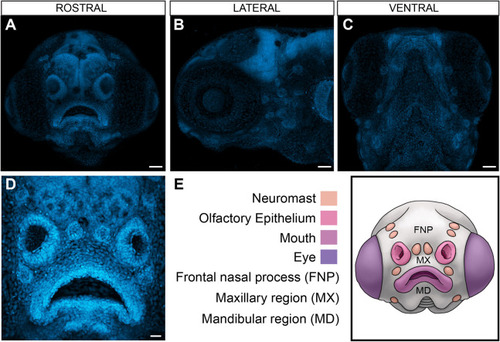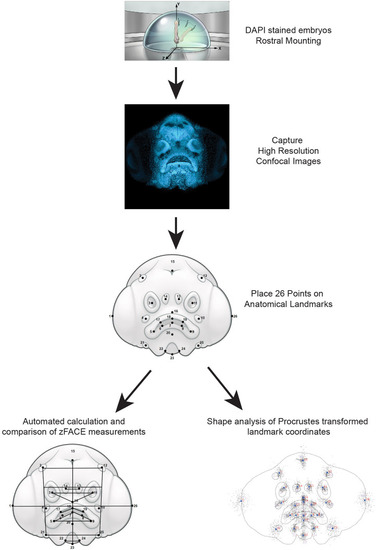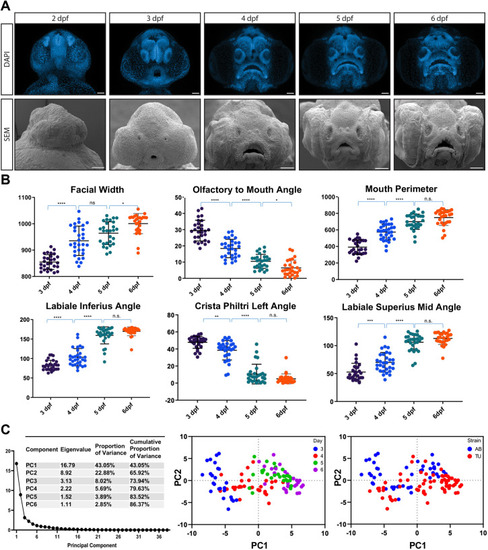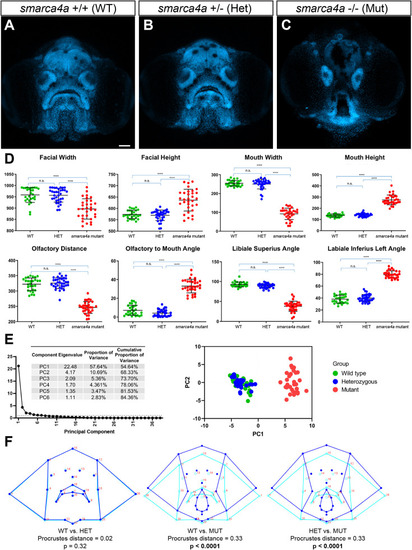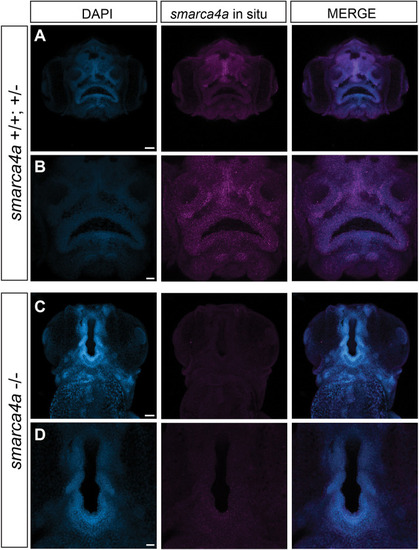- Title
-
zFACE: facial analytics from a coordinate extrapolation system for morphometric phenotyping of developing zebrafish
- Authors
- Maili, L., Ruiz, O.E., Kahan, P., Chiu, F., Larson, S.T., Hashmi, S.S., Hecht, J.T., Eisenhoffer, G.T.
- Source
- Full text @ Dis. Model. Mech.
|
|
|
|
|
|
|
PHENOTYPE:
|
|
EXPRESSION / LABELING:
|

